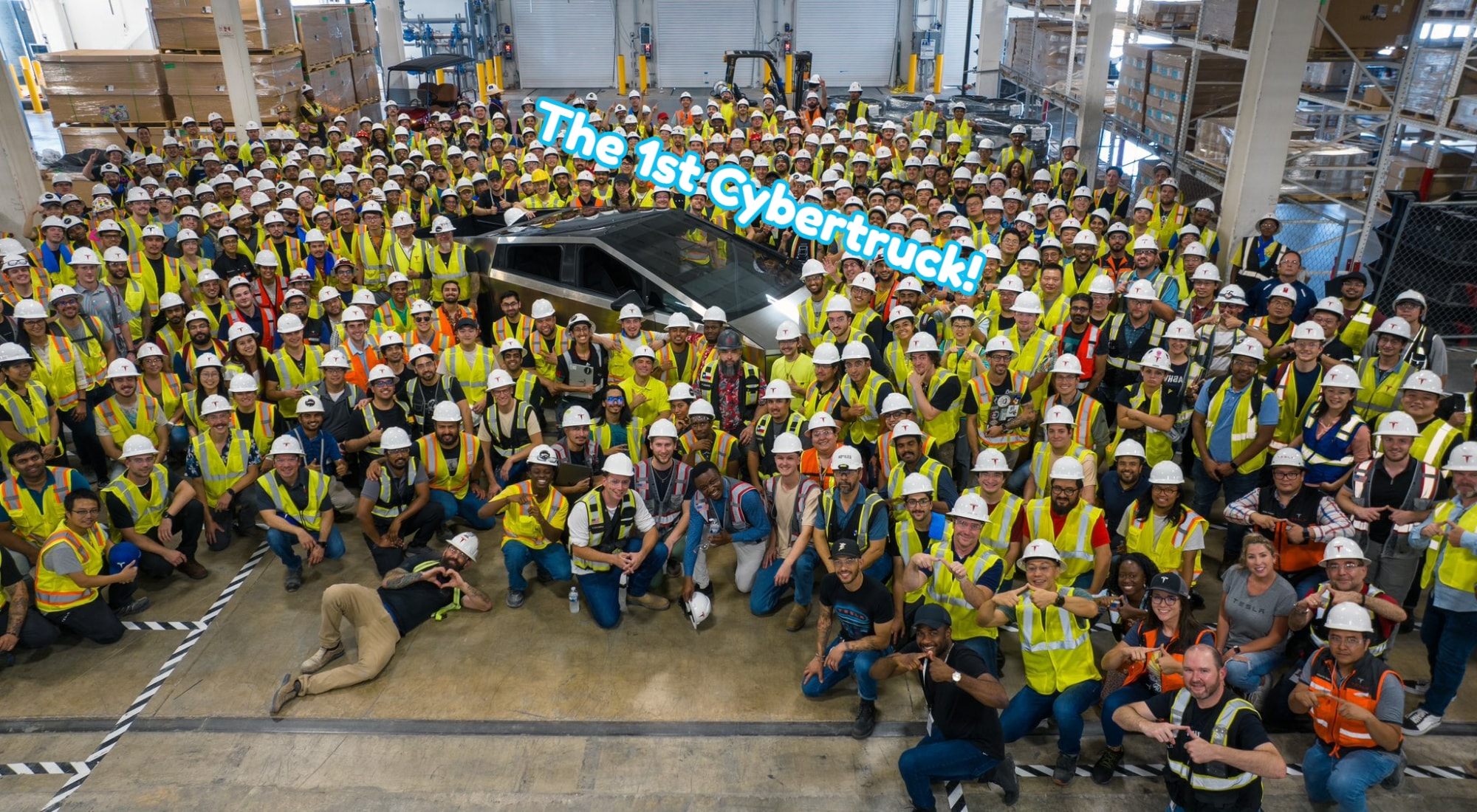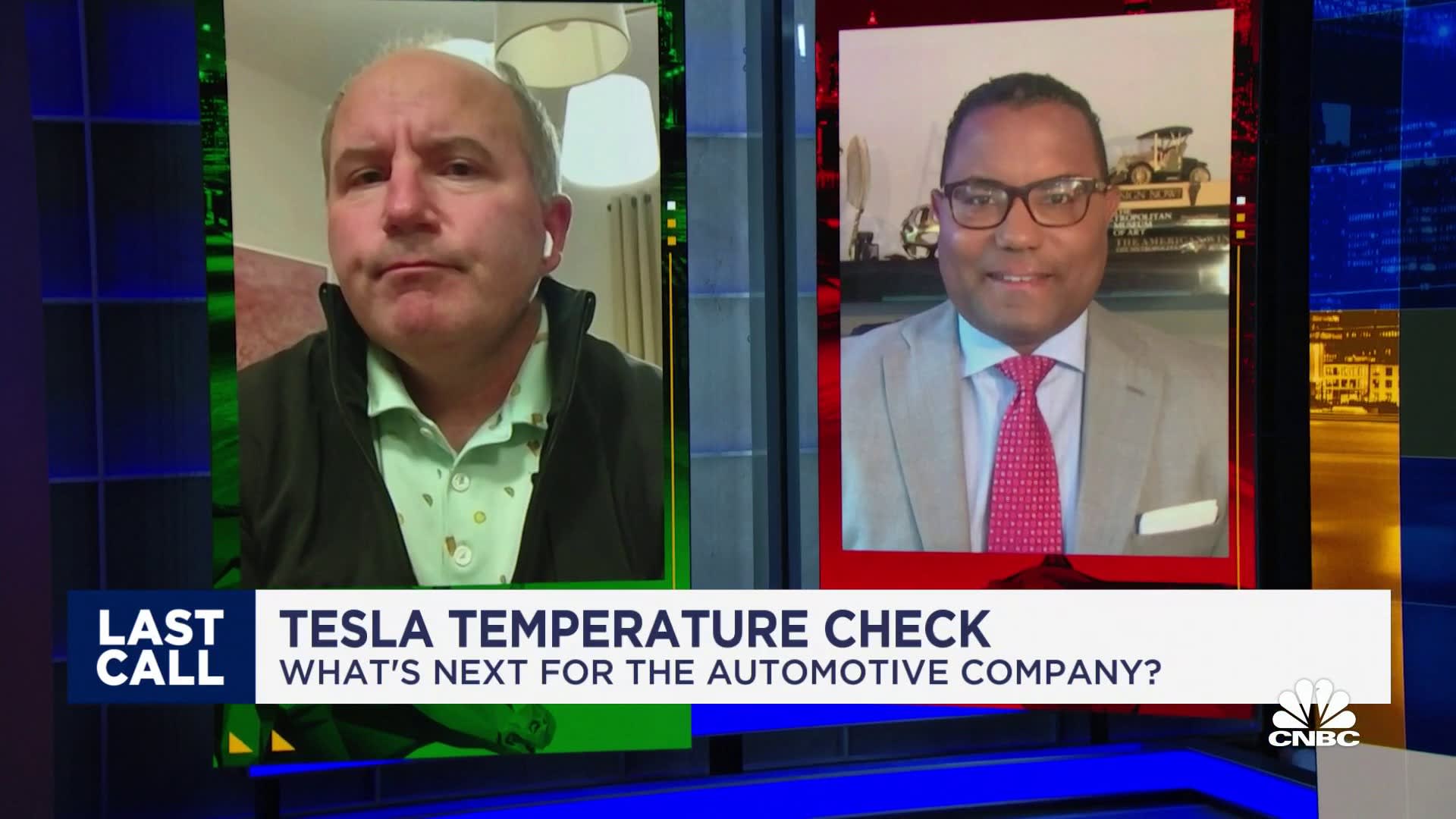This vehicle is meant to be about function, not form. I don't think there was any particular cosmetic result being sought in the design process. In design terms, the goal was to reduce the cost of production by eliminating expensive processes. Maybe you didn't get the memo.
Do you believe adding thick folded stainless steel panels to the framework of simple stamped parts and castings won't increase structural strength significantly over attaching thin, stamped sheet metal? Hmmm.
Do you also believe that it is more economical to cut, then stamp thin panels, paint them and provide processes to handle these delicate parts until installed, than it is to cut and fold thick panels of stainless steel and skip the stamping processes and the paint shop for the exterior?
What sort of corrosion do you expect to have on the aluminum? The biggest concern will be where steel parts may have contact with aluminum, which can be dealt with easily enough.
We'll just have to see how it performs in the crash testing to know if any of the other speculations you have offered hold water.
Perhaps it is only that the Cybertruck isn't the sort of vehicle you would ever buy anyway and you are reaching for reasons to support that point of view.

 www.nytimes.com
www.nytimes.com





